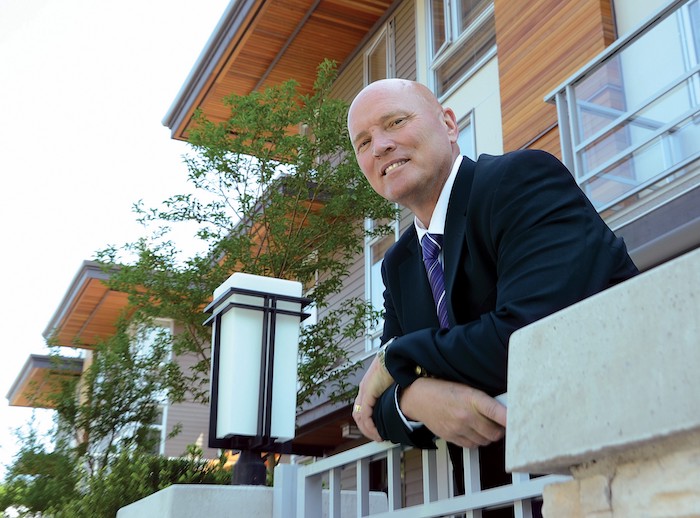
Conversation: Saving energy with sewage
April 18, 2023
By CCE
Lynn Mueller is CEO of SHARC Energy Systems in Port Coquitlam, B.C., which manufactures wastewater energy transfer (WET) systems that extract and reuse heat and help reduce carbon emissions. The company recently announced the provision of five systems to Vancouver’s False Creek Neighbourhood Energy Utility (NEU), roughly tripling its capacity from 3.2 to 9.8 MW, making it the largest WET project in North America upon completion this year.
What’s the history of recovering heat from wastewater?
It has been used in Europe with low-tech, low-yield applications, where they put heat exchangers in the bottom of sewer lines. That’s fine in cities where ancient sewers have cathedral-style ceilings, but here in North America, as a rule, people aren’t allowed to put things in sewer systems!
There have also been WET technologies in Asia, but the equipment always had to be fixed. When we started this venture, our goal was to provide reliable systems that require minimal servicing.
What were the keys to improving the approach?
For one thing, the odour issues were unacceptable. Our systems would have to be hermetically sealed. In False Creek, for example, we were not involved in the first stage of the NEU’s heat-recovery system, which used to smell.
Another key is collecting data for predictive monitoring purposes. If a unit detects a problem coming, it can email a service person to come fix it. That notion came from the Microsoft Innovation Hub, which taught us that data is more valuable than hardware. We’ve embraced that idea with intelligent units and 24-7 cloud-based monitoring. Every system around the world reports back to us.
And another was high capacity for big cities. All of the sewers in downtown Vancouver feed into the pumping station under the Cambie Street bridge in False Creek; 200 million gallons a day pass through there. We take just a little of that heat and it’s enough for 22 million square feet of apartments!
“A lot of cities are interested in investigating the use and benefits of WET systems to meet their sustainability goals.”
That station has been our proving ground. I’m beholden to the city because they let us test technology close to home, which helped us develop systems that can work reliably anywhere in the world. And now everybody is developing WET and every city has it on their list of things they want to investigate doing.
How are you working with engineers?
We recently teamed with Salas O’Brien, a firm with offices across Canada and the U.S., to deliver WET systems to their customers, with their expertise. Their engineers can now do WET designs very quickly for big projects and we are getting a lot of jobs coming in we never heard of before.
That said, we are engineer-agnostic. Engineers like to put their own stamp on projects and they can really make this system do whatever they want, with an energy source they’ll never run out of, for all sorts of buildings—with the notable exception of office-only buildings, which just don’t use enough water unless they tap into a nearby sewer line.
As the world trends toward ‘green energy,’ WET is about as green as you can get. Sewage flows are ubiquitous and continuous. You can tap anywhere into a line and you’ve got a renewable source of recyclable energy, available at about 70 F. And as rules tighten to get buildings off of natural gas, we’ll continue to get busier.
What’s next?
We want to develop a solar-powered hot water system for single-family homes, where sewage heat recovery would be driven by solar energy stored in phase-change material, so as to take hot water completely off the grid. That’s the next frontier. We’ve built some prototypes, but the battery technology still needs to improve. I think in the future, the grid will be a convenience, not a necessity.
